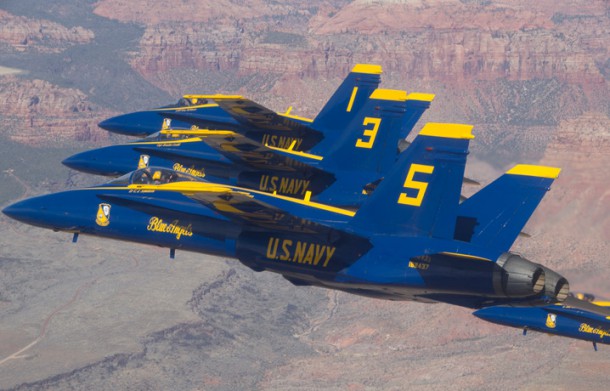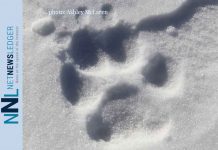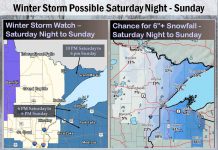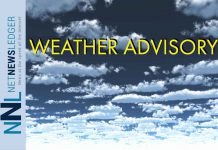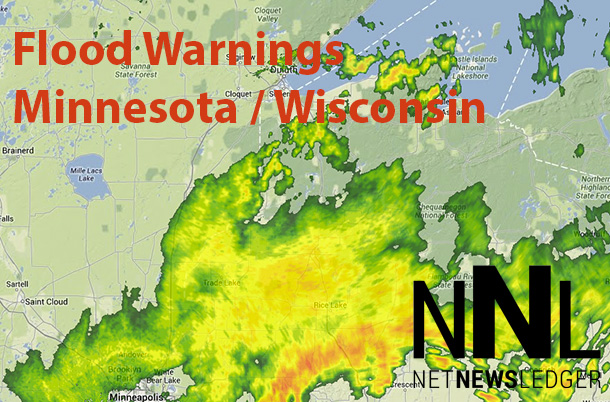Blue Angels Fly Wisconsin Skies
LA CROSSE WI – AVIATION – The American Blue Angels will grace the skies over Wisconsin. The Naval Aviators team will be at the Deke Slayton Air Fest on May 31st and June 1st.
The show is to honour one of America’s first astronauts, Deke Slayton.
Donald K. (Deke) Slayton was one of America’s original Mercury Seven astronauts. He flew on the Apollo-Soyuz Test Program, a joint U.S.-Russian space mission, in 1975.
He was born in Sparta, Wisconsin, on March 1, 1924. He received a Bachelor of Science degree in Aeronautical Engineering from the University of Minnesota in 1949, and earned honorary degrees from Carthage College in Illinois and from Michigan Technological University.
He joined the Air Force in 1942 and received his wings a year later. During World War II, he flew 56 combat missions in Europe as a B-25 pilot with the 340th Bombardment Group and later joined the 319th Bombardment Group in Okinawa and flew seven combat missions over Japan in A-26s. Following the war he went to the University of Minnesota and then became an aeronautical engineer with the Boeing Aircraft Company in Seattle. He was recalled to active duty in the Minnesota Air Force, and later with the 36th Fighter Day Wing, both in Germany. He remained in the Air Force and attended the USAF Test Pilot School at Edwards Air Force Base, California, and then became an experimental test pilot there.
Slayton was selected by NASA as one of the United States’ seven original astronauts in 1959. He was assigned to fly the second Project Mercury orbital mission, but was grounded by an irregular heart beat. He stayed with NASA to supervise the astronaut corps, first as chief of the Astronaut Office and then as director of flight crew operations. He eventually overcame his heart problem as was restored to flight status in 1972. Three years later, on July 17, 1975, Slayton made it into space after 16 years as an astronaut. He, Tom Stafford and Vance Brand rode an Apollo capsule that linked up with a Soviet Soyuz spacecraft carrying Alexei Leonov and Valery Kubasoy. They conducted joint experiments for 47 hours. Slayton, Stafford and Brand remained in orbit for nine days. For the next two years, Slayton was manager of the space shuttle approach and landing tests at Edwards Air Force Base. From 1977, until he retired from NASA in 1982, he was manager for orbital flight tests.
